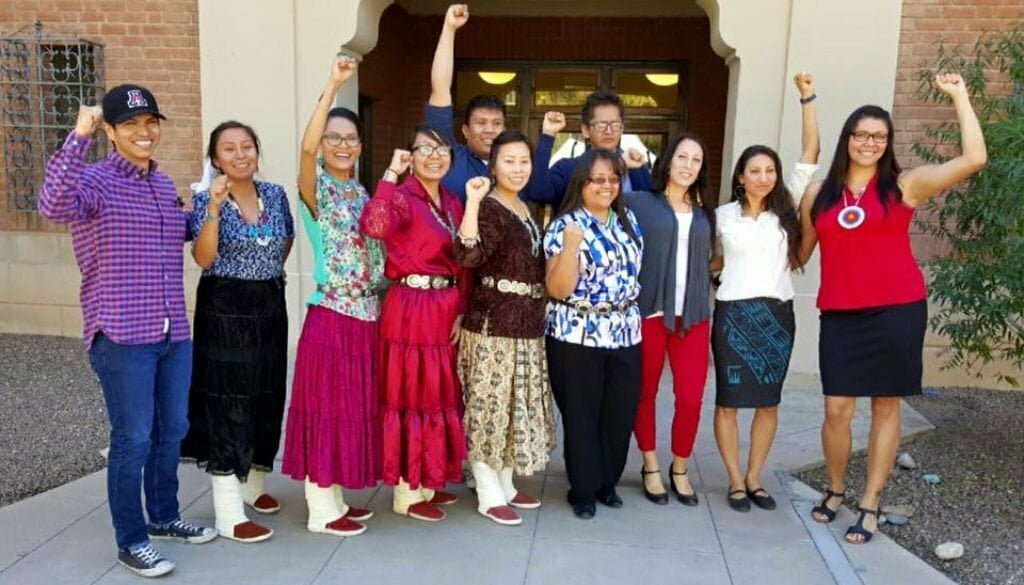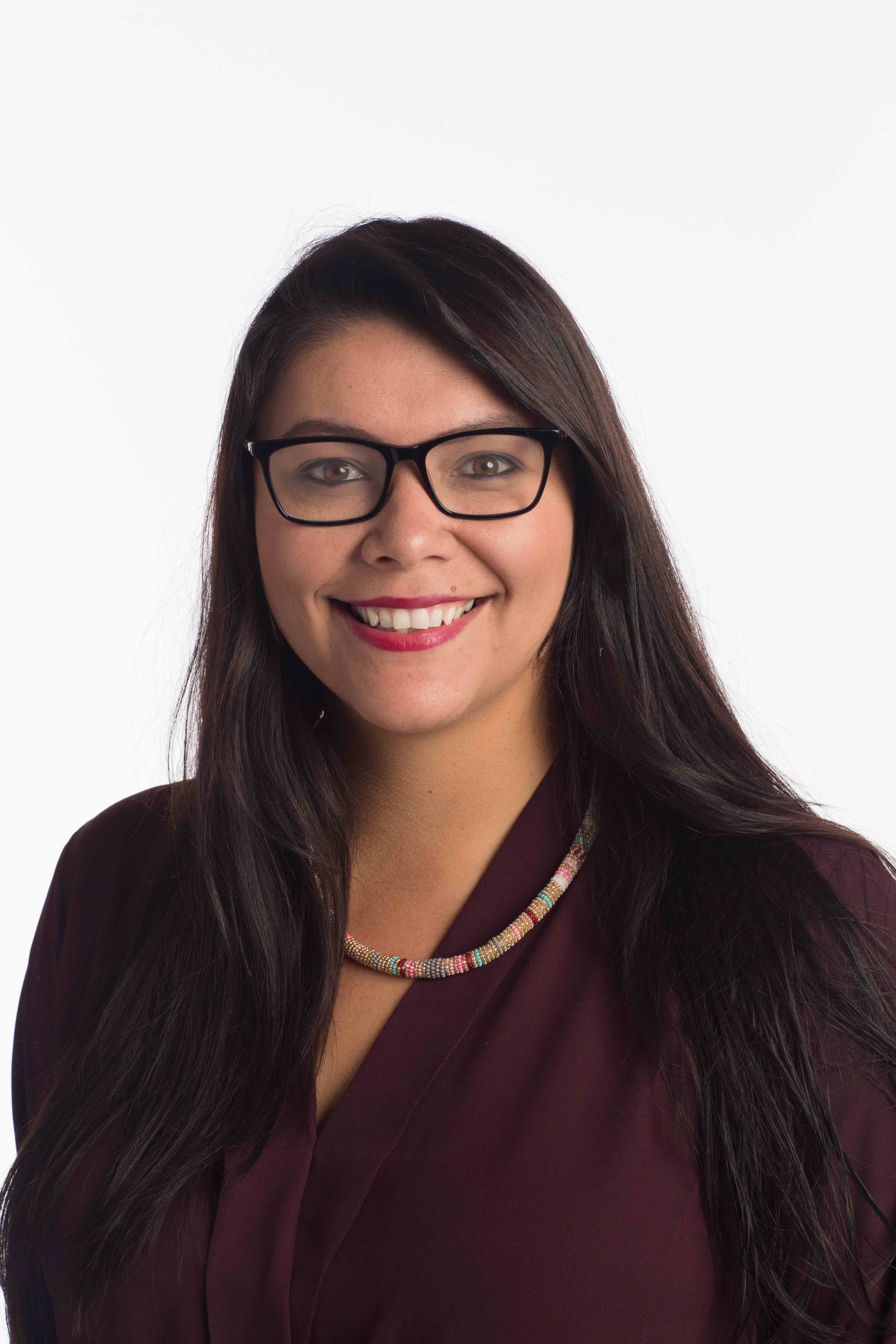Best Practices for Research in Indigenous Communities
Desi Rodriguez-LonebearWe talked with Desi Rodriguez-Lonebear about how researchers can best work with Indigenous communities (hint: it starts with humility) and about some of her current work. This is part one of a two-part interview. Over the next couple of weeks, watch for part two here on our blog.
You have published about best practices in building research relationships with Native communities. Can you talk about aspects that might be particularly important for population health researchers?
Building research relationships with Indigenous communities starts with humility, which supports (at least) two critical understandings that researchers must internalize if they desire to ethically engage Indigenous communities: (1) Indigenous Peoples are experts in research and data; and (2) you must earn their trust as research partners.
Most importantly, there remains a paucity of research exploring what actually affirms the health and well-being of Indigenous Peoples.
Community collaboration is necessary for research with Indigenous Peoples, but it’s nowhere near sufficient. Collaboration is too often rushed and too late, especially when researchers study social determinants of health. Indigenous Peoples continue to be the subjects of health research examining the high burden of disease, dysfunction, and disorder in our communities. While such research has helped to mitigate some Indigenous health disparities, we are far from overcoming centuries of systematic oppression and colonial trauma. And as we all know, American Indians and Alaska Natives still occupy the lowest rungs of most health statistics. Most importantly, there remains a paucity of research exploring what actually affirms the health and well-being of Indigenous Peoples. This gap illustrates the durable colonial gaze at work; addressing it requires research and action by Indigenous Peoples for Indigenous Peoples.
What can population health researchers do to take a different course?
First, depart from the community informant model to the community governance model. This starts by recognizing that equity is not always the answer; instead, research with Indigenous Peoples must focus on sovereignty. Sovereignty describes authority and self-rule. Like other nation states, Native nations are distinct polities with the right to self-governance. Data that accurately describe the realities, struggles, and aspirations of Indigenous Peoples, lands, waters, and relatives are central to the exercise of tribal sovereignty. A tribal leader that I work with summarized this point powerfully when he said, “Sovereignty as tribal nations was given to us by the Creator. It is sacred. Data to exercise our sovereignty is also sacred.” Data for sovereignty requires decolonizing data by Indigenous Peoples for Indigenous Peoples. These are data that draw on centuries of Indigenous survival to advance vibrant Indigenous futures.
Sovereignty as tribal nations was given to us by the Creator. It is sacred. Data to exercise our sovereignty is also sacred.
You have published about best practices in building research relationships with Native communities. Can you talk about aspects that might be particularly important for population health researchers?
A primary obstacle to decolonizing data in Indigenous health research, however, is Indigenous representation. How many health research teams include Indigenous researchers and students? How many include members of the community? How many are guided by Indigenous research principles and governance protocols? The answer is very few. Strong research partnerships with Indigenous Peoples require listening to those with lived experiences and affording those experiences the same legitimacy as scientific research constructs.
Start by seeking Indigenous partners as Co-PIs. Secure research permissions from Indigenous governance entities, including tribal governments, tribal IRBs, and urban Indian collectives. Recruit Indigenous graduate students and support their research. There is a new wave of Indigenous data warriors growing across Indian Country. Help them. Similarly, fund projects that actually impact the lives of Indigenous Peoples.
How many health research teams include Indigenous researchers and students? How many include members of the community? How many are guided by Indigenous research principles and governance protocols?
This approach applies to Indigenous researchers just as it does non-Indigenous researchers. I’ve written about the higher standard of ethical, methodological, and cultural responsibility that Indigenous researchers have when working in Indigenous communities, especially one’s own.[i] This can be described as the “you should know better” check. I run all of my research and practice through this gut-check while envisioning the elders and youth of my tribe as the jury. This requires re-centering Indigenous ways of knowing, doing, being, and relating in my measures and methods. It often requires that I put my Western training on the back burner. Sometimes it means that before I can host a focus group or pilot a survey, I need to attend Tribal Council meetings, train tribal staff members, guest lecture at a Tribal College, and offer my services on other community projects. Ultimately, this amounts to being a good relative, not just a good researcher.
I urge all researchers to develop their own “you should know better” check by partnering with Indigenous researchers and communities, and most of all, listening to them. You may have to accept that not all of your research aims will be realized, your instruments may need to be redesigned many times over, you may be asked to assist on other projects, and your research timelines will likely be extended. Again, researcher humility and Indigenous governance must prevail.
[i] Small-Rodriguez, D. (2012). For Researchers Working with Native Communities: Reflections from a Native Researcher. In National Congress of American Indians (Ed.), Walk softly and listen carefully: Building research relationships with tribal communities. Washington DC.





All comments will be reviewed and posted if substantive and of general interest to IAPHS readers.